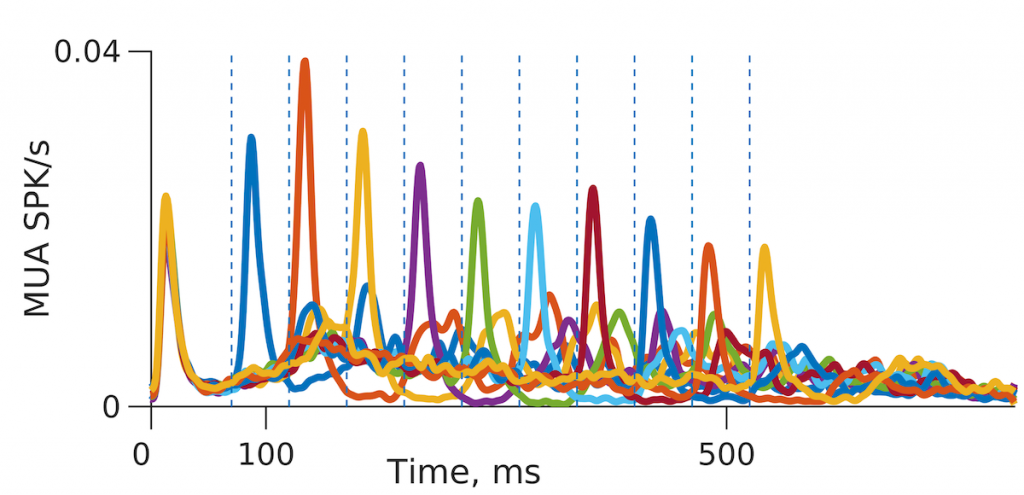The detection of short gaps in noise is an important auditory task. Deficits in gap detection have been associated with speech and language disorders, learning disabilities and low quality of life. In this paper, we studied mechanisms that underlie the detection of gaps embedded in short noise bursts by neurons in auditory cortex. We found that gap responses are stronger than expected, sometimes stronger than the responses to noise bursts in silence. By dissecting the composition of the sensory input using voltage clamp, we deduced that gap responses recruit new synaptic resources that were not used during previous responses. Recording from many neurons together with Neuropixels probes, we showed that this recruitment has a typical time course that peaks about 150 ms after stimulus onset. We suggest that in cortex, the recruitment of new resources is a general strategy for amplifying sensory responses that would otherwise be masked.

